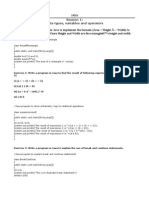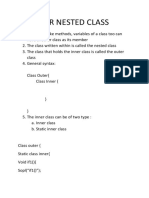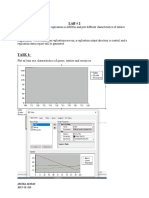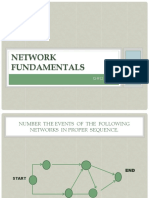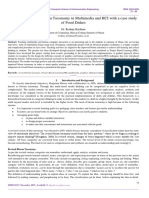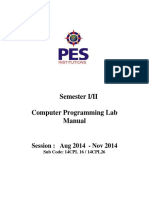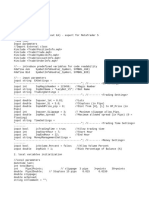0% found this document useful (0 votes)
39 views2 pagesJAVA CheatSheet
The document provides an overview of Java programming concepts, including data types, ArrayLists, string functions, exception handling, encapsulation, inheritance, abstraction, and polymorphism. It outlines various methods and functionalities associated with collections such as lists, maps, and stacks. Additionally, it emphasizes naming conventions and the importance of encapsulation in organizing data and operations within classes.
Uploaded by
ishivamkunalCopyright
© © All Rights Reserved
We take content rights seriously. If you suspect this is your content, claim it here.
Available Formats
Download as PDF, TXT or read online on Scribd
0% found this document useful (0 votes)
39 views2 pagesJAVA CheatSheet
The document provides an overview of Java programming concepts, including data types, ArrayLists, string functions, exception handling, encapsulation, inheritance, abstraction, and polymorphism. It outlines various methods and functionalities associated with collections such as lists, maps, and stacks. Additionally, it emphasizes naming conventions and the importance of encapsulation in organizing data and operations within classes.
Uploaded by
ishivamkunalCopyright
© © All Rights Reserved
We take content rights seriously. If you suspect this is your content, claim it here.
Available Formats
Download as PDF, TXT or read online on Scribd
/ 2






















